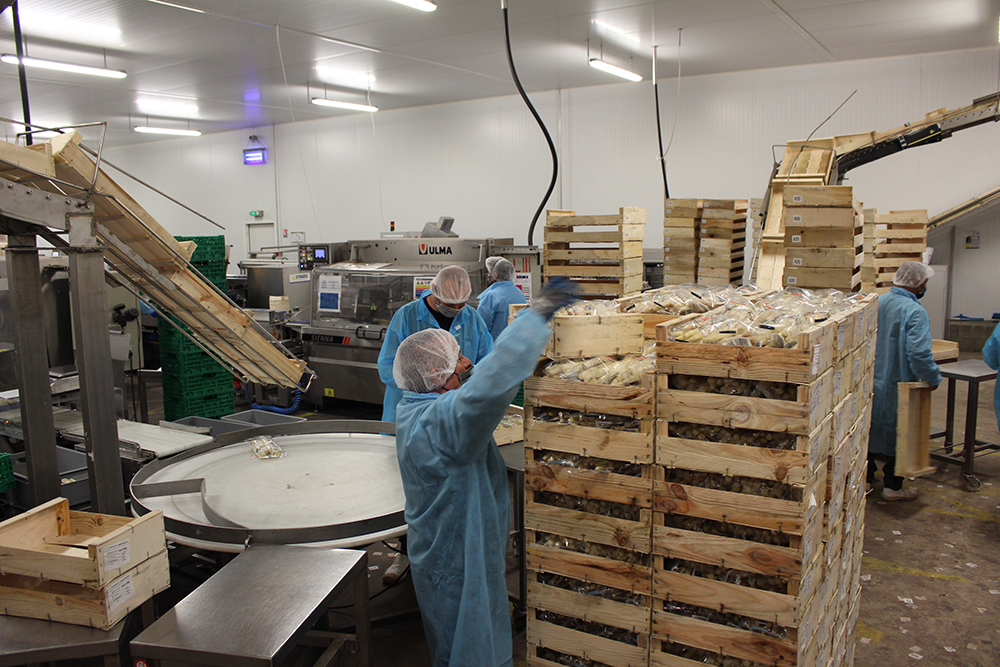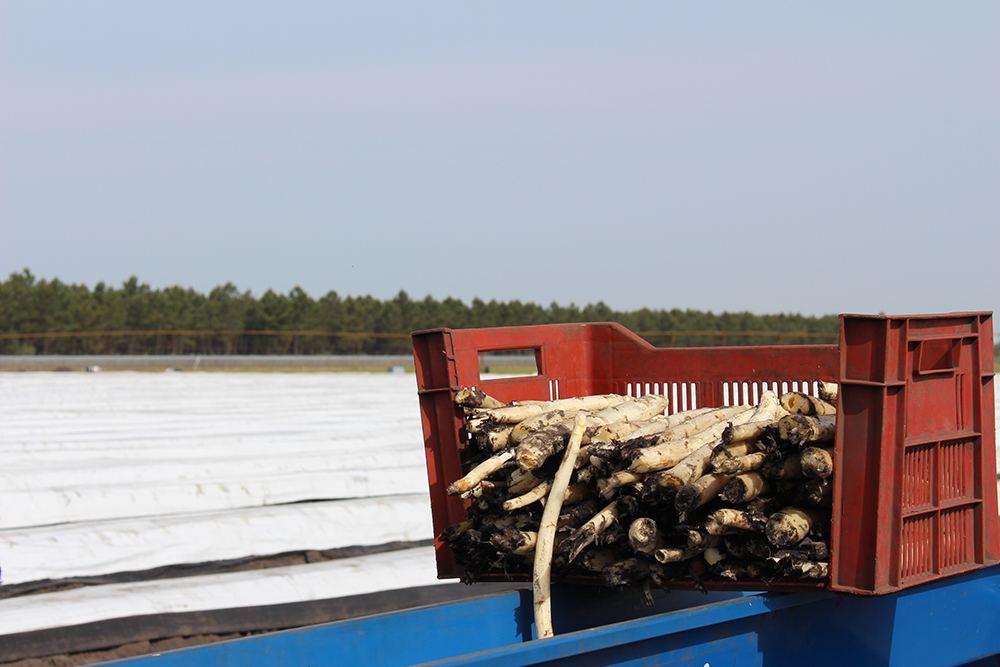A model for predicting harvests
In many countries, especially in Europe, asparagus is the vegetable that heralds the return of spring and the new season. The date of its arrival and the development of production volumes are very much influenced by weather conditions during the previous winter in production basins (from south to north). In addition, the consumption of this “spring vegetable” and “pleasure vegetable” is also influenced by the sometimes-capricious weather at this time of year. This game of “supply and demand” constitutes the basis for setting asparagus prices and therefore the profitability of the crop. Being able to forecast the production dynamics is therefore a decisive asset, especially when asparagus is marketed by supermarket chains (hypermarkets, hard discounters) that require planning of supplies and prices. In France, where the total production is about 25,000 tons, asparagus is produced throughout the country, with large areas in Les Landes, Maine-et-Loire, Gironde, Gard and Bas-Rhin.
Better forecasting of production dynamics
“Prices are generally high at the beginning of the campaign, with quotations at the shipping stage, at the end of February for Les Landes, starting at around €12/kg (white asparagus, southwest, category 1, 16-22 mm) because information about the volumes remains confidential,” said Astrid Etèvenaux, director of the national PDO Asparagus of France. Then, prices fall significantly until the end of March, when all the basins are in production, with an observable uptick in prices around Easter, after which prices drop until the end of the season to their lowest price levels (between mid-May and early June) of €3 to €6/kg at the shipping stage (white asparagus, southwest, category 1, 16-22 mm). “It is around Easter that consumers are most eagerly awaiting asparagus, and that is when it is hoped the peak of production will be. The average retail price (in store) ranges from €5 to €7 per kg,” said Etèvenaux.
Faced with this situation, the members of Asperges de France have for several years been considering constructing a decision-making tool which would allow them to better anticipate the production dynamics of asparagus plantations. Such a model would make it possible to optimise communication amongst professionals, especially with major brands, as well as help with organising harvesting and packaging work. In the long term, it would also make it possible to anticipate the consequences of climate change for the sector. Asperges de France along with the INRAE and Invenio research stations are working on the development of a model. The first step involved identifying the main biological and technical parameters in the production kinetics of asparagus plantations. “The first prototype model was designed to estimate the date of peak production. We mainly focused on the influence of temperature on initiation and rate of growth. We collected air temperature data in several production basins and transformed the temperature of the outside air into the temperature of the covered mound at several depths. We then calculated the theoretical date at which the cold and hot needs of the asparagus plantation were reached, based on data from the scientific literature,” said Emilie Casteil, project manager at Asperges de France.

Other factors under consideration
Data collected from producer members of Asperges de France made it possible to set up this prototype to estimate peak harvest periods over previous years. The preliminary results of this analysis have been very encouraging and suggest that this approach is suitable for asparagus. “Peak production is estimated with an average accuracy of 6 days, ranging from 1 to 13 days, depending on the year. But the first prototype does not allow estimation of the start date of production or the projected yield,” said Casteil. Work will continue by collecting more data to refine the model and improve its reliability and accuracy. “It is necessary to refine the model by taking into account other factors such as the variety and age of the asparagus plantation, the impact of handling plastic films that can be turned either black or white face up, the sunshine and the reserves stored in the crown,” said Casteil. With plans to recruit a doctoral researcher in 2023, all of this work should allow significant progress to be made in understanding the dynamics of asparagus production so that producers may rely on this model for their decision-making. Finally, in the context of climate change, this tool should also make it possible to determine the impact it is having on asparagus production in the different regions of France. Producers’ expectations are high and the initial results are promising. According to Asperges de France, the model will be transferable to green asparagus since the input data will be identical. However, the model will have to be adapted to take into account the characteristics of green asparagus production, such as the absence of covers and the mounds, which requires different temperature considerations.
Challenges of estimating French asparagus crops
French asparagus production totals 25,800 tons on over 6,500 ha. France has five main asparagus production areas (Les Landes, Maine-et-Loire, Gironde, Gard and Bas-Rhin), but asparagus is grown throughout France. This makes for a fragmented production, with little organisation amongst producers, creating challenges for estimating production dynamics during the season. The asparagus harvest starts in February in the earliest production basins (Les Landes) and ends in June in the later basins (Maine-et-Loire). According to Kantar data, 58% of asparagus purchases are made in supermarkets (HM, SM, EDMP and GSF fresh supermarkets), with 23% in local markets, 10% in greengrocers, and 8% via direct sales.






















